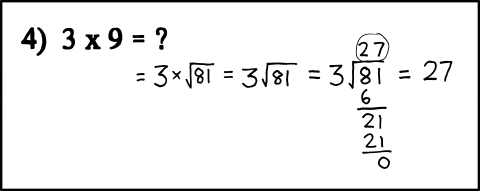
Mt Sinai medical school has a program that admits non-science majors who have not taken the traditional premed curriculum, but instead have majored in the humanities and social sciences. These students do just as well, are more likely to spend time doing research, and are twice as likely to become psychiatrists than regular track students.
It's interesting that they limit the exceptions to humanities and social science majors. What about quantitative majors? Is there a med school who will take math, physics, and computer science majors who have not taken all the premed courses? Many science-smart students like learning hard material and are turned off from the grade-conscious nature of premed courses. If you are required to be grade conscious, you don't take risks by taking hard classes: the course that I learned the most from during my freshman year was a full-year math class where I got one of the bottom 2 grades in the 55 person class during the first semester and my advisor urged me to drop the class, but the second semester I was in the top third of the course. It was a trial by fire that helped me in theoretical graduate school statistics courses, and I wouldn't have taken it if I had been afraid of that first semester B-. And if I'd moved up from the 2nd percentile to "only" the 40th percentile, that would have also been a victory. The happy ending is that I learned how to write proofs, or in a pinch fake them reasonably well.
By contrast, I took a premed biology course during my first semester of college, and I loved the material. It was totally fascinating, as were the dissections (though the calves heart smelled), and I think my A- was good enough that I could have been premed if I'd wanted to. The difficult part was keeping my lunch down when my classmates continually asked what was going to be on the test. After half a dozen memory-based quizzes, I was so pleased when a quiz actually asked us to figure something out for ourselves. Finally: thinking! Some of my classmates protested this question because "it wasn't in the textbook!" Someone who spoke that way in a math or physics course would be ridiculed, and an instructor wouldn't even see the need to defend the question. Of course students are required to use critical thinking. In this premed class, memorizing the textbook seemed to be an accepted part of the culture.
From the other side of the lectern, at least in a biostatistics course, premed students were a complete joy to teach. In graduate school, I was the only TF for a 53 student biostatistics class that was 90% premed, and they were some of the nicest and most interested students that I taught. Perhaps they were fun students to teach because only the most intellectually curious premed students self-selected into biostatistics, or because all of the material was highly related to actual medicine rather than abstract science, so they saw the immediate relevance, or because of the way we taught the class with lots of handouts and everything in the textbook and being very clear about expectations.
So I don't mean to stereotype premed students. But as a math and physics undergraduate, the prospect of taking orgo and p-chem was not appealing just because of the culture that I perceived there.
A bigger argument for a quantitative track to med school is that the quantitative fields of study absorb just as much time as the intensive humanities majors: it takes (at least) as much time and coursework to learn to do proofs, derivations, program computer operating systems, and analyze complex datasets, as it does to read, write, and speak foreign languages and write a 200 page senior thesis.
